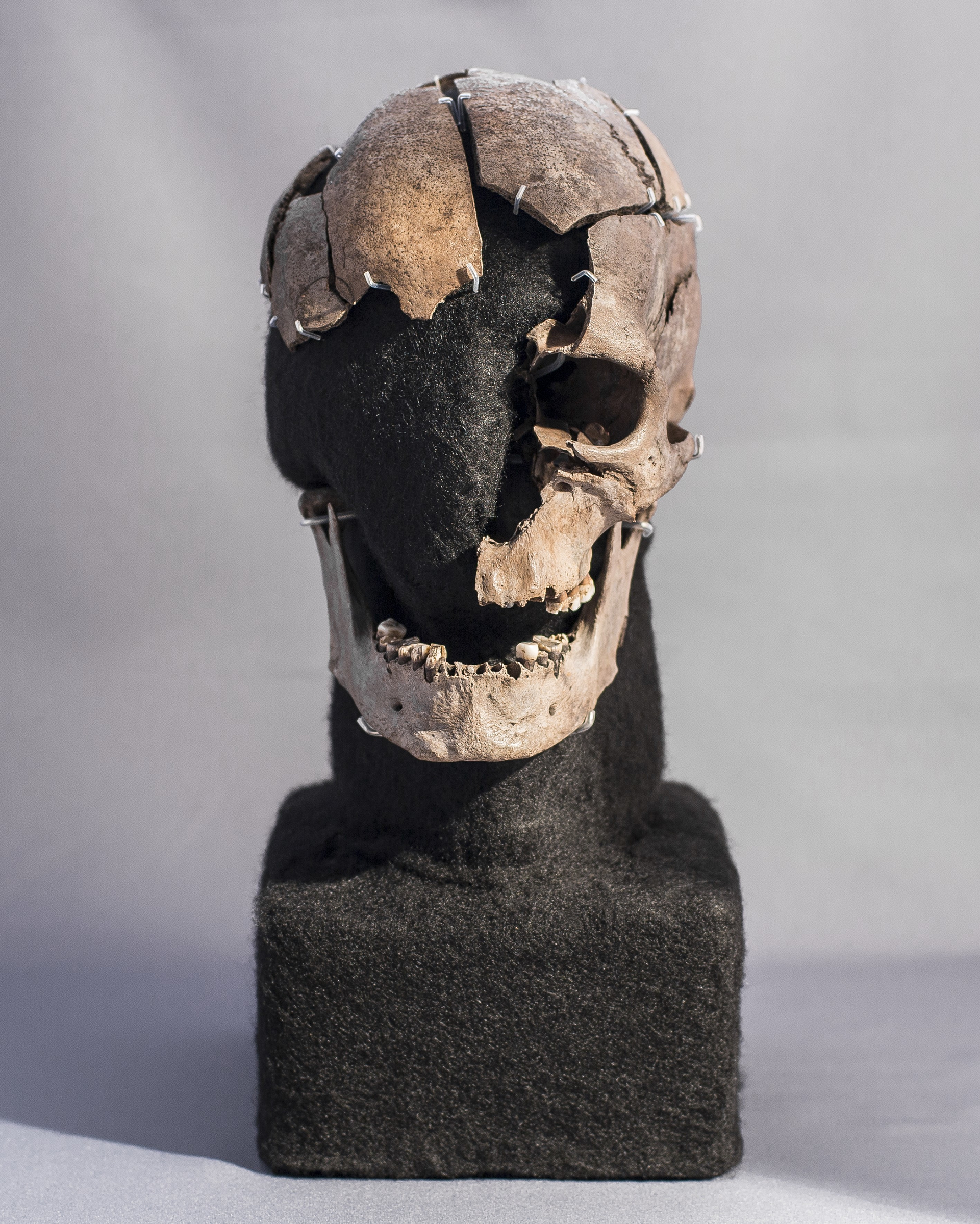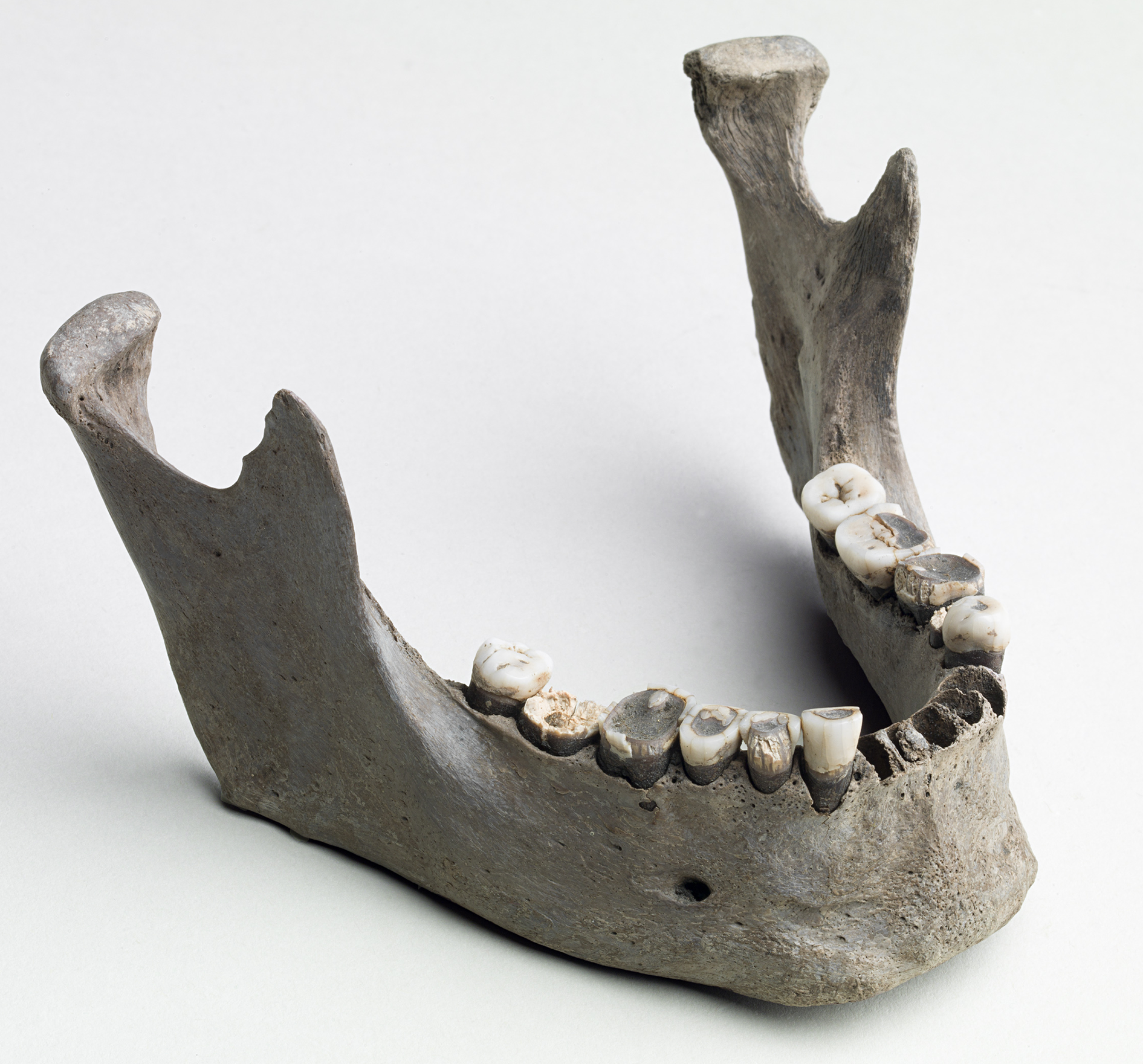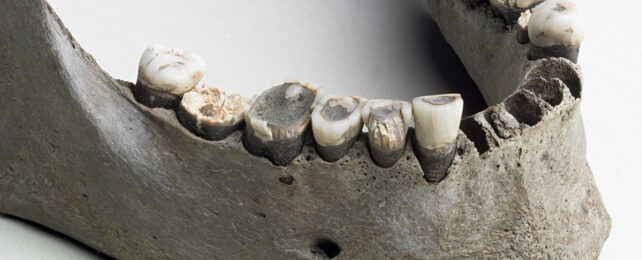Violently bludgeoned to death and left in a Danish bog, the Stone Age individual known as 'Vittrup man' was discovered in 1915 by peat cutters in the midst of harvest.
His murder – thought to have been part of a ritualized sacrifice – occurred sometime between 3300 and 3100 BCE, during the height of the local Funnelbeaker culture.
Archeologists now have the strongest evidence yet that this is not where his life began.
The first hint that Vittrup man was a foreigner in Denmark came from a study investigating Mesolithic and Neolithic gene pools of Eurasia.
This revealed that Vittrup man's DNA was distinct from the other skeletons from this time found in the area, which prompted archeologist Anders Fischer from the University of Gothenburg in Sweden and his colleagues to investigate further.
Now, the team has unlocked the life history of this ill-fated man, combining modern and traditional archeological methods to read the story written in his bones.

It's often astonishing just how much a person's remains can tell us about their life. Vittrup man's bones tell of a journey from his birthplace on the Scandinavian coast, to his gruesome death in Denmark 30-40 years later.
The remains include Vittrup man's right ankle bone, the shaft of a lower left shin bone, a fragmented skull, and a jawbone. It's assumed the bones come from one person because of similarities in their general appearance, along with radiocarbon and stable isotope analysis. These details also encode the story of Vittrup man's travels.
Isotopes detected in his tooth enamel and proteins in his bones betray his coastal hunter-gatherer upbringing, a childhood of eating marine mammals and fish in a cold, northern climate that deposited strontium, carbon, and oxygen isotopes from the Scandinavian Peninsula into his teeth forever.

The team found significant similarities between his DNA and that of Mesolithic people from Norway and Sweden, further confirming his place of origin.
We may never know why he left these shores to join a society hundreds or even a thousand kilometers from home – only that his journey didn't end well.
In his late teens, Vittrup man's diet switched to farm food, like sheep and goats, which we now know from the molecular markers the researchers found embedded in his teeth and bones.
The Funnel Beaker culture was the northernmost group practicing farming and husbandry along this geographic passage. While they eventually introduced these techniques to the hunter-gatherers further north, Vittrup man appears to have joined this agricultural society as a farmer before these methods had spread to his homeland.
The researchers aren't sure whether his one-way commute was forced or voluntary, since his way of death nor his lifestyle reveal much about his social standing.
"Many explanations for such a drastic change in life-style and geography are possible," they write.
"He may have been an immigrant or trader who became integrated into equal social standing as other members of the local Funnel Beaker society. He could also have been a captive/slave providing labor and possibly maritime skills."
Ritualized bog bludgeonings were common in Denmark at the time, regardless of a person's social status.
"Evidently, such dubious honor was also given to persons of non-local provenience," the authors conclude.
The research was published in PLOS ONE.
